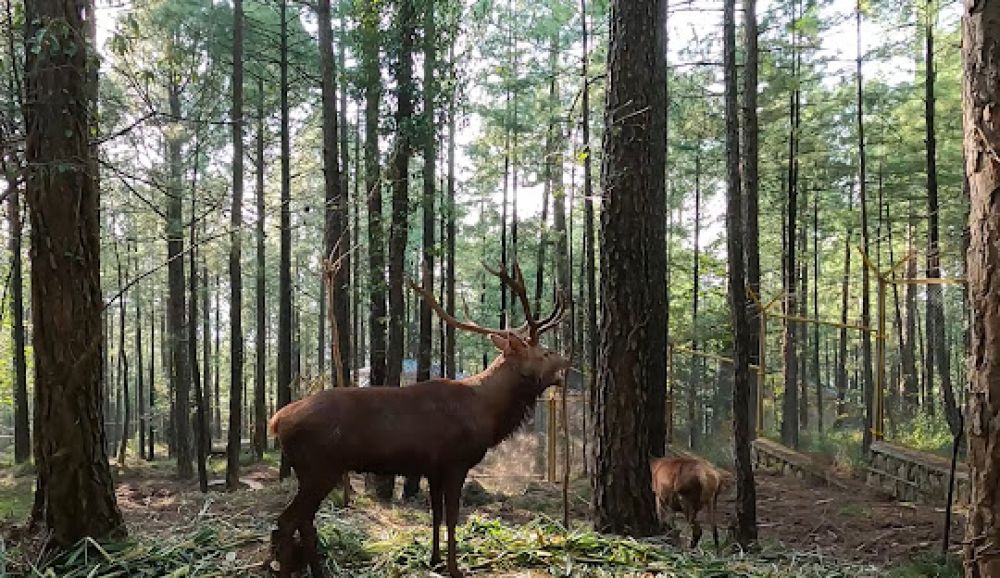

The picturesque hill station of Murree, nestled in the Galyat region of Pakistan, has been a popular tourist spot since the colonial era. Swathed in dense forests and with a cool, pleasant climate year-round, Murree serves as a sanctuary for city dwellers seeking respite from the heat, especially during the summer months. The establishment of Murree as a resort town dates back to the British Raj when it was developed as a sanatorium for British troops stationed in the region. Over time, the area became a bustling center for colonial officials and their families looking for a holiday escape.
Among the various attractions, the Murree Wildlife Park, also known as Bhurban, was developed to not only serve as a tourism destination but also to conserve the rich biodiversity of the region. The park boasts a variety of flora and fauna indigenous to the Himalayan foothills, offering visitors an opportunity to engage with nature firsthand. The development of the park took place with the dual intention of preserving the wildlife and providing a recreational space for tourists and locals alike.
Tourism in Murree has a history steeped in the transition from a colonial retreat to a modern-day holiday destination. Post-independence, the region continued to grow in popularity among Pakistani tourists, eventually becoming one of the most visited hill stations in the country. Its proximity to the capital city of Islamabad makes it a convenient location for both local and international visitors. The establishment of resorts, restaurants, and the improvement of infrastructure over the years has contributed significantly to Murree's tourism industry.
In recent years, Murree has adapted to contemporary tourism trends. There has been an increase in the number of luxury hotels and resorts, catering to tourists looking for high-end accommodations. Adventure sports and activities such as hiking, paragliding, and horse riding have become increasingly popular, attracting a younger and more adventurous demographic.
Environmental sustainability has also come to the forefront as part of the latest tourism trends. Local authorities and environmental groups are focused on initiatives to maintain the region's natural beauty while accommodating the growing number of visitors.
With the boom of tourism in Murree, the region faces the challenge of balancing development and conservation. The increase in tourist footfall has led to concerns about the overuse of natural resources and environmental degradation. To address these issues, there are ongoing efforts to implement sustainable tourism practices and to develop policies that protect the natural environment while facilitating tourism growth in the area.
The government, in partnership with local organizations, has been working on ecotourism projects to educate visitors on the importance of preserving wildlife habitats and promoting a responsible tourism model that ensures the longevity and prosperity of the Murree Wildlife Park and its surroundings.
Murree, with its rich history and growing interest as a tourist spot, remains a testament to Pakistan's diverse and captivating landscape. The Murree Wildlife Park (Bhurban) stands out as a prime example of the country's efforts in promoting nature-based tourism while preserving the essence of its wildlife and natural resources for future generations to come. The ongoing dedication to sustainable tourism practices ensures that Murree will continue to be a beloved destination for both domestic and international tourists.